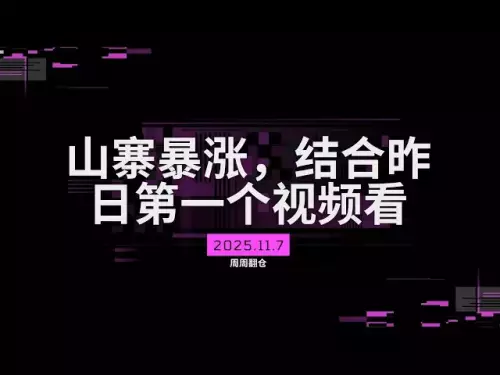-
 bitcoin
bitcoin $101752.865364 USD
-1.09% -
 ethereum
ethereum $3382.985899 USD
-1.38% -
 tether
tether $0.999658 USD
0.04% -
 xrp
xrp $2.272505 USD
-1.51% -
 bnb
bnb $989.089004 USD
0.14% -
 solana
solana $156.962612 USD
-3.08% -
 usd-coin
usd-coin $0.999776 USD
0.01% -
 tron
tron $0.290786 USD
-0.69% -
 dogecoin
dogecoin $0.174594 USD
-2.86% -
 cardano
cardano $0.560085 USD
-3.55% -
 hyperliquid
hyperliquid $40.023704 USD
-5.75% -
 chainlink
chainlink $15.324649 USD
-2.78% -
 bitcoin-cash
bitcoin-cash $493.576540 USD
-3.52% -
 zcash
zcash $571.320038 USD
-12.05% -
 stellar
stellar $0.280066 USD
-4.26%
How Miners Create New Bitcoin
Miners play a crucial role in the Bitcoin network by verifying and adding transactions to the blockchain, receiving Bitcoin rewards for their efforts.
Nov 22, 2024 at 06:46 am
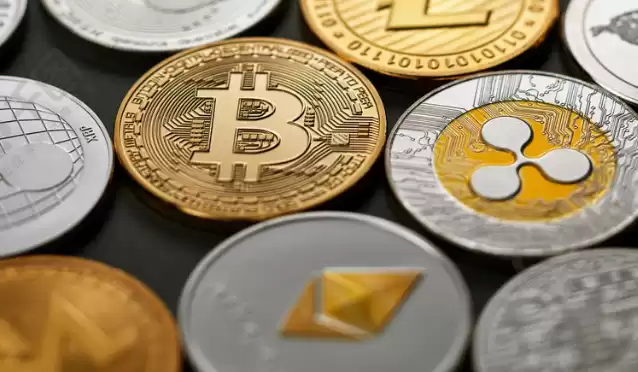
How Miners Create New Bitcoin
Miners are the backbone of the Bitcoin network. They are responsible for verifying and adding transactions to the blockchain, and they are rewarded with Bitcoin for their work. The mining process is complex and requires specialized hardware, but it is essential for the security and integrity of the Bitcoin network.
Here is a step-by-step guide to how miners create new Bitcoin:
- Miners download the Bitcoin software. This software contains a copy of the blockchain, as well as the rules for verifying and adding transactions.
- Miners connect to the Bitcoin network. They do this by connecting to other miners and nodes on the network.
- Miners wait for new transactions to be broadcast to the network. When a new transaction is broadcast, it is added to a mempool, which is a pool of unconfirmed transactions.
- Miners select a group of transactions from the mempool to be included in a block. A block is a collection of transactions that have been verified by the miner.
- Miners solve a complex mathematical problem to create a hash for the block. The hash is a unique identifier for the block, and it is used to verify that the block is valid.
- Miners broadcast the block to the network. Other miners on the network verify the block and add it to their copy of the blockchain.
- The miner who created the block is rewarded with Bitcoin. The reward is currently 6.25 Bitcoin, and it is halved every four years.
The mining process is essential for the security of the Bitcoin network. It is a distributed process, which means that there is no single point of failure. This makes it very difficult for attackers to compromise the Bitcoin network.
The mining process is also competitive. Miners are constantly competing to be the first to solve the mathematical problem and create a block. This competition helps to ensure that the Bitcoin network is secure and that transactions are processed quickly.
The Difficulty of Mining Bitcoin
The difficulty of mining Bitcoin is constantly increasing. This is because the Bitcoin network is designed to produce a fixed number of Bitcoin over time. As more miners join the network, the difficulty of mining Bitcoin increases in order to keep the block production rate constant.
The difficulty of mining Bitcoin is measured in hashes per second (H/s). The current difficulty is around 30 trillion H/s. This means that a miner would need to perform 30 trillion hashes per second in order to solve the mathematical problem and create a block.
The difficulty of mining Bitcoin makes it very difficult for individual miners to be successful. Most miners now join mining pools, which are groups of miners who combine their resources to increase their chances of finding a block.
The Profitability of Mining Bitcoin
The profitability of mining Bitcoin depends on a number of factors, including the price of Bitcoin, the cost of electricity, and the difficulty of mining Bitcoin.
The price of Bitcoin has been volatile in recent years, but it has generally been trending upwards. This has made mining Bitcoin more profitable, as miners are able to sell the Bitcoin they mine for a higher price.
The cost of electricity is also a major factor in the profitability of mining Bitcoin. Miners who live in areas with high electricity costs may find it difficult to make a profit.
The difficulty of mining Bitcoin is also a factor in the profitability of mining Bitcoin. As the difficulty of mining Bitcoin increases, it becomes more difficult for miners to find blocks. This can reduce the profitability of mining Bitcoin.
How to Start Mining Bitcoin
If you are interested in mining Bitcoin, there are a few things you need to do:
- Purchase mining hardware. You can purchase mining hardware from a variety of online retailers.
- Join a mining pool. Mining pools are groups of miners who combine their resources to increase their chances of finding a block.
- Set up your mining software. The mining software will connect you to the mining pool and allow you to start mining Bitcoin.
- Start mining Bitcoin! Once you have set up your mining software, you can start mining Bitcoin. You will need to keep your mining hardware running 24/7 in order to maximize your chances of finding a block.
Disclaimer:info@kdj.com
The information provided is not trading advice. kdj.com does not assume any responsibility for any investments made based on the information provided in this article. Cryptocurrencies are highly volatile and it is highly recommended that you invest with caution after thorough research!
If you believe that the content used on this website infringes your copyright, please contact us immediately (info@kdj.com) and we will delete it promptly.
- Ripple (XRP) in 2026: Hold or Fold? A Look at XRP's Future and Emerging DeFi Alternatives
- 2025-11-08 18:35:01
- Zcash ZEC Coin Price Explosion: From Privacy Niche to Center Stage
- 2025-11-08 18:55:01
- Berachain Price Prediction: Navigating the Honeycomb Hype in Crypto
- 2025-11-08 18:55:01
- Arthur Hayes, Gold, and Bitcoin: A Modern Monetary Trinity?
- 2025-11-08 19:15:01
- Shiba Inu's Next Move: Navigating a Shifting Market
- 2025-11-08 19:20:01
- Pakistan's Crypto Crossroads: Balancing Opportunity with Asset-Backed Realities
- 2025-11-08 19:20:01
Related knowledge

Navigating a crypto bear market: strategies for survival and profit.
Nov 05,2025 at 02:04pm
Navigating a Crypto Bear Market: Strategies for Survival and Profit Surviving a crypto bear market requires more than just patience—it demands strateg...
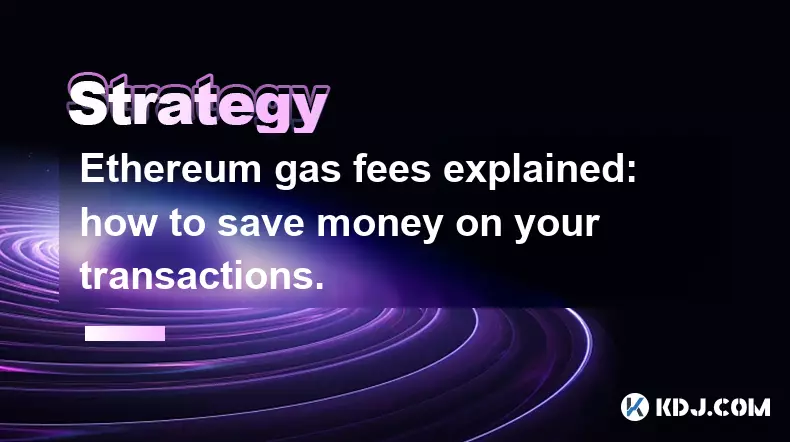
Ethereum gas fees explained: how to save money on your transactions.
Nov 04,2025 at 04:01pm
Ethereum Gas Fees: Understanding the Basics1. Ethereum operates on a decentralized network where every transaction requires computational power to exe...
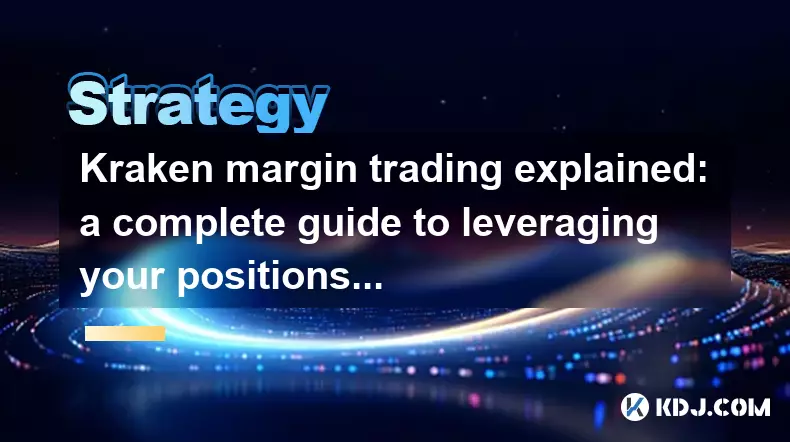
Kraken margin trading explained: a complete guide to leveraging your positions.
Nov 04,2025 at 02:19pm
Kraken Margin Trading Overview1. Kraken is one of the most established cryptocurrency exchanges offering margin trading to experienced traders seeking...

NFT flipping for beginners: a step-by-step guide to profitable trading.
Nov 02,2025 at 11:54pm
NFT Flipping Basics: Understanding the Market1. NFT flipping involves purchasing non-fungible tokens at a lower price and reselling them for profit, o...
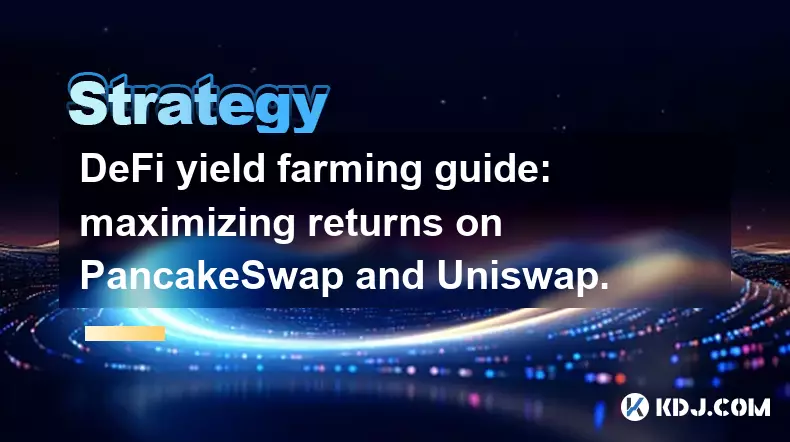
DeFi yield farming guide: maximizing returns on PancakeSwap and Uniswap.
Nov 05,2025 at 12:20am
Understanding Yield Farming on PancakeSwap and Uniswap1. Yield farming has become a central activity in the decentralized finance (DeFi) space, allowi...

How to find the next 100x altcoin: a fundamental analysis checklist.
Nov 02,2025 at 09:54pm
Decentralized Exchanges Are Reshaping Trading Dynamics1. Decentralized exchanges (DEXs) have emerged as a powerful alternative to centralized platform...

Navigating a crypto bear market: strategies for survival and profit.
Nov 05,2025 at 02:04pm
Navigating a Crypto Bear Market: Strategies for Survival and Profit Surviving a crypto bear market requires more than just patience—it demands strateg...

Ethereum gas fees explained: how to save money on your transactions.
Nov 04,2025 at 04:01pm
Ethereum Gas Fees: Understanding the Basics1. Ethereum operates on a decentralized network where every transaction requires computational power to exe...

Kraken margin trading explained: a complete guide to leveraging your positions.
Nov 04,2025 at 02:19pm
Kraken Margin Trading Overview1. Kraken is one of the most established cryptocurrency exchanges offering margin trading to experienced traders seeking...

NFT flipping for beginners: a step-by-step guide to profitable trading.
Nov 02,2025 at 11:54pm
NFT Flipping Basics: Understanding the Market1. NFT flipping involves purchasing non-fungible tokens at a lower price and reselling them for profit, o...

DeFi yield farming guide: maximizing returns on PancakeSwap and Uniswap.
Nov 05,2025 at 12:20am
Understanding Yield Farming on PancakeSwap and Uniswap1. Yield farming has become a central activity in the decentralized finance (DeFi) space, allowi...

How to find the next 100x altcoin: a fundamental analysis checklist.
Nov 02,2025 at 09:54pm
Decentralized Exchanges Are Reshaping Trading Dynamics1. Decentralized exchanges (DEXs) have emerged as a powerful alternative to centralized platform...
See all articles





















![The Graph Price Prediction [GRT Crypto Price News Today] The Graph Price Prediction [GRT Crypto Price News Today]](/uploads/2025/11/07/cryptocurrencies-news/videos/690d4df44fe69_image_500_375.webp)



